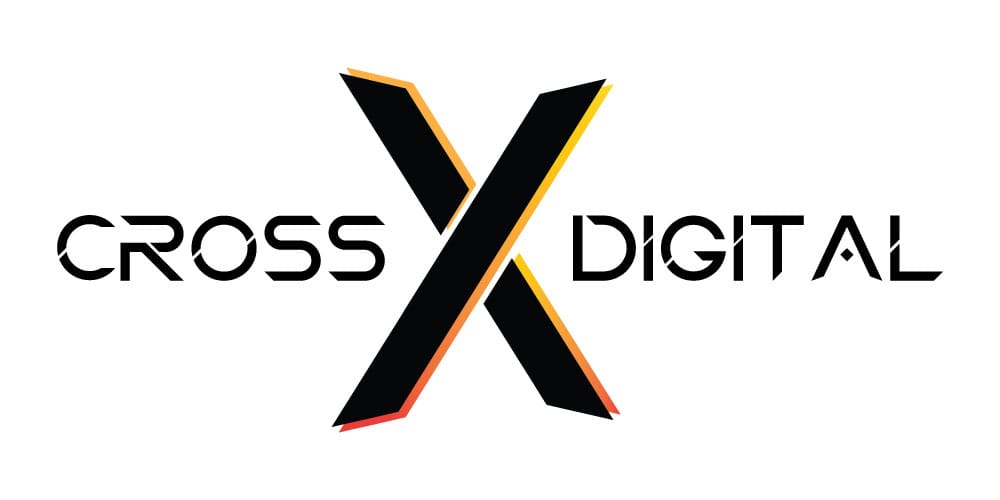
Best SEO Practices for Your WordPress Website
Creating a well-optimised WordPress website is essential for ranking higher in search engine results, attracting more visitors, and growing your online presence. At Cross Digital, we specialise in helping businesses make the most of WordPress’s powerful SEO capabilities. This blog will walk you through some of the best SEO practices to help your WordPress website reach its full potential.
1. Choose a Reliable Hosting Provider
A reliable hosting provider is the foundation of a successful website. Website speed, uptime, and security are critical SEO factors that search engines consider when ranking sites. A good hosting provider will ensure fast loading times, high security, and minimal downtime—essential elements for a positive user experience.
Pro Tip: Look for hosting providers optimised for WordPress, as they often provide specific features, like caching and security, that enhance website performance.
2. Use an SEO-Friendly Theme
Selecting an SEO-optimised theme is one of the first steps to building a search-engine-friendly WordPress site. An SEO-friendly theme ensures your site is mobile-responsive, loads quickly, and is free from bloated code that could slow it down.
What to Look For in a Theme:
- Responsive Design: Search engines prioritise mobile-friendly websites.
- Optimised Code: A clean, well-coded theme allows search engines to crawl and index your content more efficiently.
- Customisable SEO Features: Some themes come with built-in SEO settings that make it easier to control elements like meta tags and schema markup.
3. Install a Dedicated SEO Plugin
WordPress SEO plugins, like Yoast SEO or Rank Math, are valuable tools that streamline the optimisation process. These plugins help with essential on-page elements like meta tags, descriptions, and keyword optimisation, providing guidance on optimising individual pages and posts.
Key SEO Plugin Features:
- Title and Meta Descriptions: Set unique titles and descriptions to improve click-through rates.
- XML Sitemap Creation: Generate sitemaps to help search engines crawl your site effectively.
- Readability and Keyword Analysis: Ensure content is engaging and relevant toyour target keywords.
4. Optimise Permalink Structure
A clean and descriptive URL structure is an essential element of on-page SEO. WordPress allows you to customise your URL structure (also known as permalinks) to be more search-engine-friendly.
Best Practice: Use the “Post Name” structure (yoursite.com/post-title) for your permalinks, as it keeps URLs simple and keyword-focused.
5. Create High-Quality, Keyword-Rich Content
Content is the cornerstone of SEO, so it’s important to produce high-quality, original content that provides value to your audience. When creating content, focus on keywords that align with user intent and naturally integrate them throughout the page without keyword stuffing.
Content Tips:
- Use Keywords in Strategic Locations: Place primary keywords in the title, headings, and the first paragraph.
- Write Compelling Meta Descriptions: Meta descriptions don’t directly impact rankings but help improve click-through rates.
- Create Long-Form Content: Detailed, informative content is more likely to rank well on search engines.
6. Optimise Images with Alt Text and Compression
Images are vital for user engagement but can slow down your website if not optimised. By adding descriptive alt text and compressing image files, you improve accessibility and site speed, both of which are SEO factors.
Image Optimisation Tips:
- Add Alt Text: Alt text helps search engines understand the image content and enhances accessibility for visually impaired users.
- Compress Images: Use image compression tools like Smush or ShortPixel to reduce file sizes without sacrificing quality.
- Choose the Right Format: Use JPEGs for photographs and PNGs for graphics with fewer colours.
7. Implement Internal and External Linking
Links are crucial to SEO, as they help search engines understand the structure and relevancy of your content. Internal linking connects related pages on your site, helping visitors navigate and spreading link equity across your site. External linking, or linking to high-quality resources, signals credibility.
Linking Best Practices:
- Use Descriptive Anchor Text: Make sure your anchor text clearly describes the linked content.
- Interlink Related Content: Add links to other relevant pages on your site, which can improve the user experience and keep visitors on your site longer.
- Link to Authoritative Sources: External links to reputable sources enhance the credibility of your content.
8. Focus on Page Speed and Performance
Website speed is a ranking factor, and slow-loading pages can negatively impact both user experience and SEO. Google prioritises fast sites, so it’s crucial to optimise your WordPress site for speed.
Ways to Improve Speed:
- Enable Caching: Use caching plugins like WP Rocket or W3 Total Cache to reduce loading times.
- Minimise HTTP Requests: Reduce the number of elements on each page to limit HTTP requests.
- Use a Content Delivery Network (CDN): CDNs like Cloudflare distribute content across servers worldwide, improving loading times for global users.
9. Optimise for Mobile Devices
With mobile users making up the majority of internet traffic, a mobile-optimised site is essential for SEO success. Google’s mobile-first indexing means your mobile version is prioritised for ranking, so ensuring that your WordPress site is fully responsive is critical.
Mobile Optimisation Tips:
- Choose a Responsive Theme: Most modern WordPress themes are mobile-friendly by default.
- Optimise for Touchscreen: Ensure buttons and links are easily clickable on small screens.
- Avoid Pop-Ups on Mobile: Intrusive pop-ups can hinder the mobile experience and may negatively impact SEO.
10. Ensure Your Website is Secure
Website security is crucial, not only for protecting user data but also for maintaining SEO rankings. Google favours secure websites and warns users about unsecured sites, so it’s vital to implement SSL (Secure Socket Layer) and follow best practices for security.
Steps to Improve Security:
- Install SSL Certificate: SSL encrypts data, showing users and search engines that your site is secure.
- Use Security Plugins: Plugins like Wordfence or Sucuri add layers of protection, including firewalls and malware scans.
- Keep WordPress and Plugins Updated: Regular updates help protect against vulnerabilities that hackers might exploit.
11. Leverage Structured Data and Schema Markup
Structured data, or schema markup, helps search engines better understand your content and improves the chances of your website appearing in rich snippets (e.g., reviews, FAQs, products). Adding structured data can enhance visibility and increase click-through rates.
Schema Tips:
- Use Plugins: SEO plugins like Rank Math offer built-in schema markup options.
- Focus on Key Pages: Add structured data to essential pages like products, reviews, events, and FAQs.
- Validate Your Markup: Use Google’s Structured Data Testing Tool to check for errors.
Get Started with Cross Digital’s SEO Services
Optimising your WordPress website for SEO is an ongoing process that requires regular updates and adjustments to align with best practices. By implementing these tips, you’ll improve your site’s visibility and drive more organic traffic.
At Cross Digital, we specialise in helping businesses maximise their WordPress SEO potential. Whether you’re looking to build a new website from scratch or optimise an existing one, our team has the expertise to create an SEO-friendly WordPress site tailored to your business needs.
Ready to improve your website’s SEO performance? Contact Cross Digital today for a consultation, and let’s start optimising your WordPress site for better search rankings and user engagement.

















